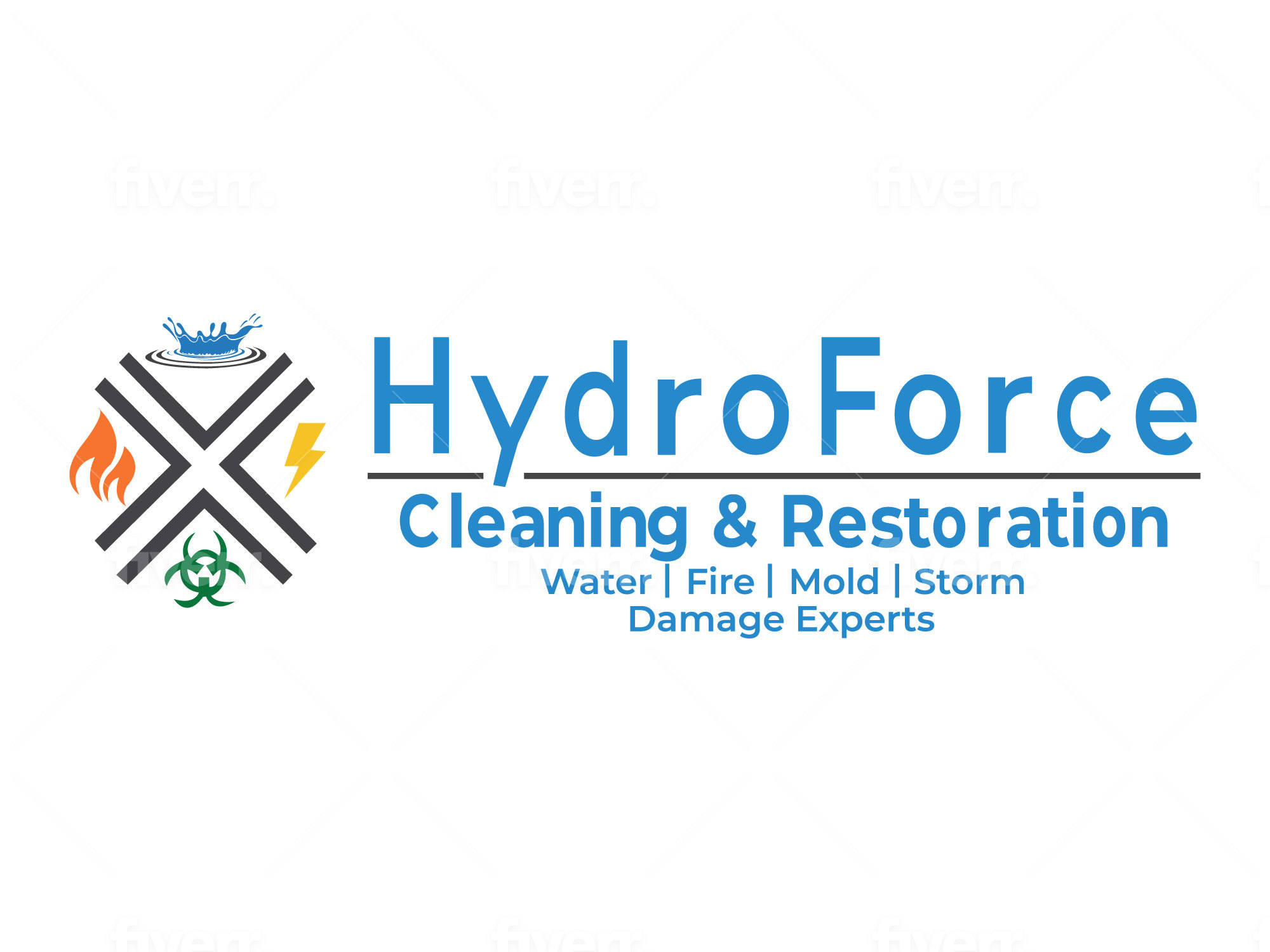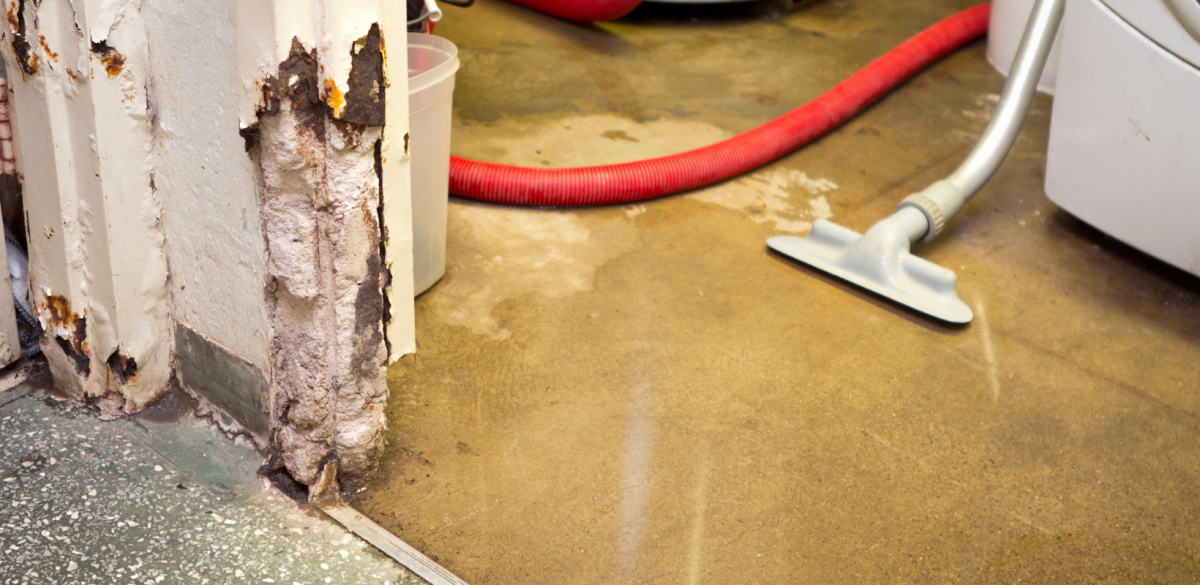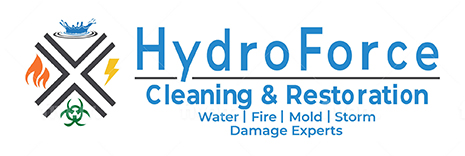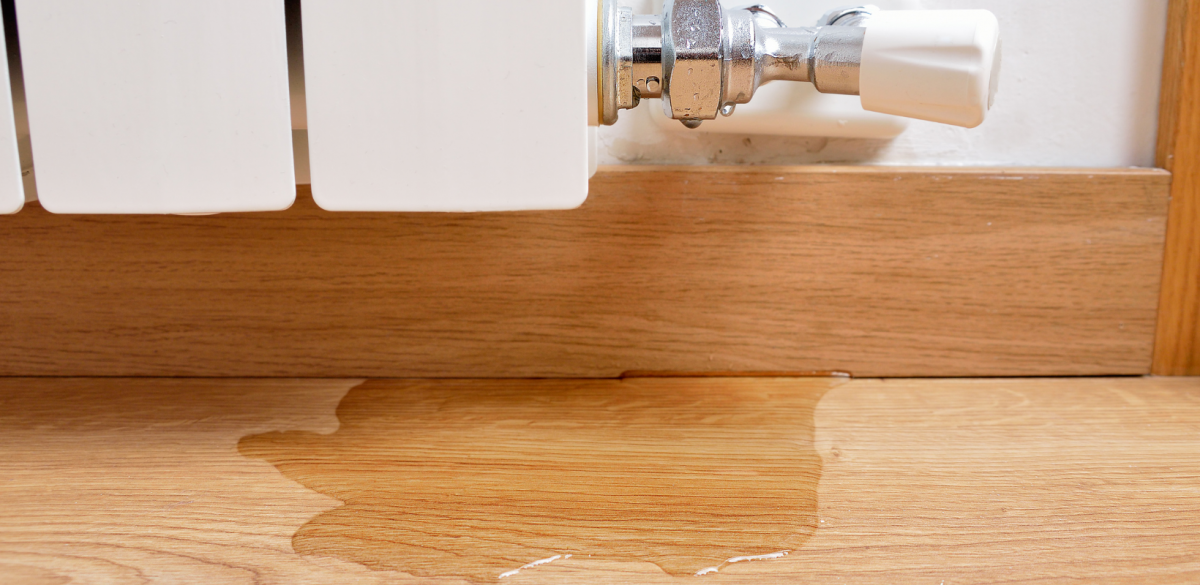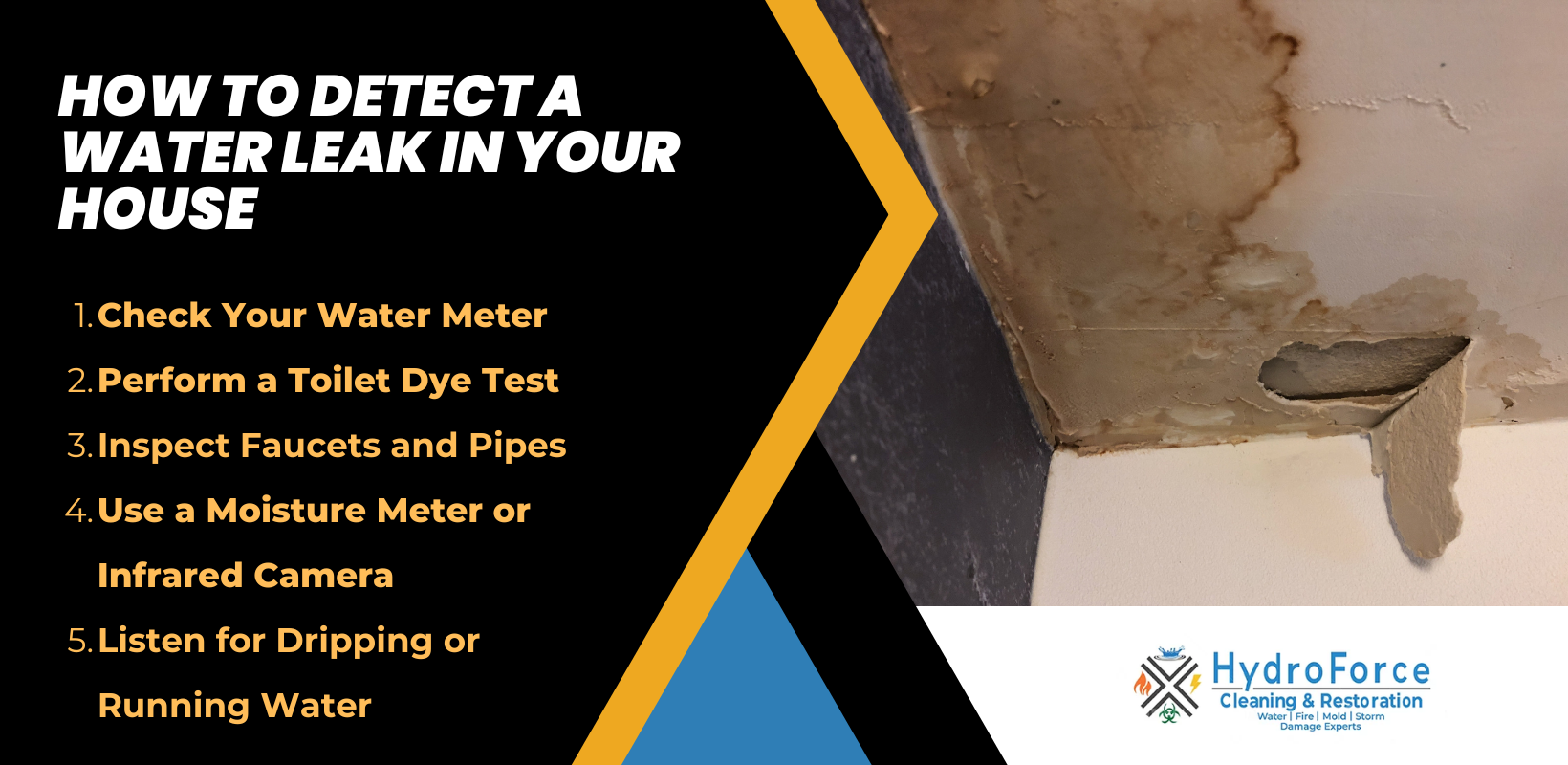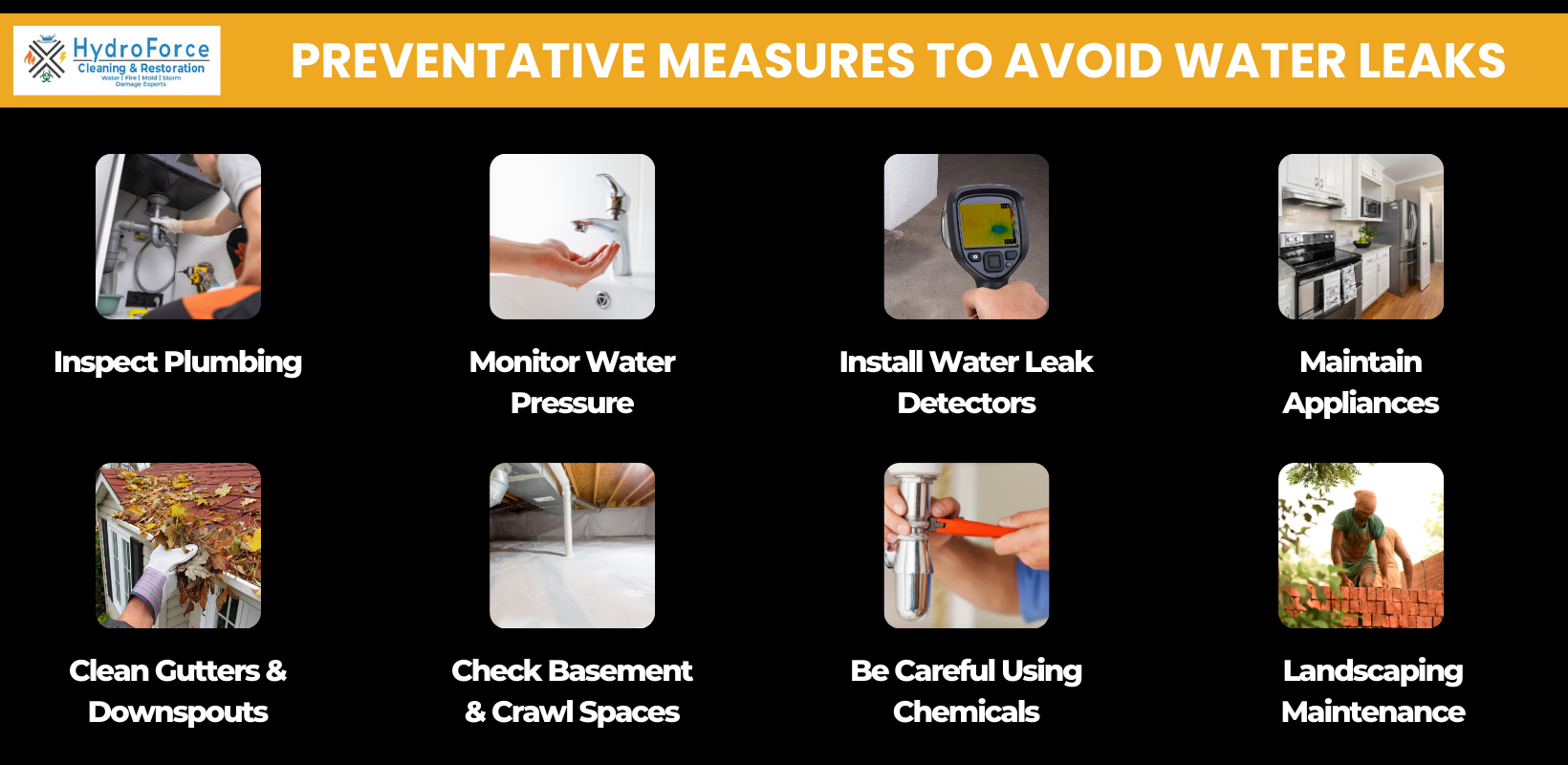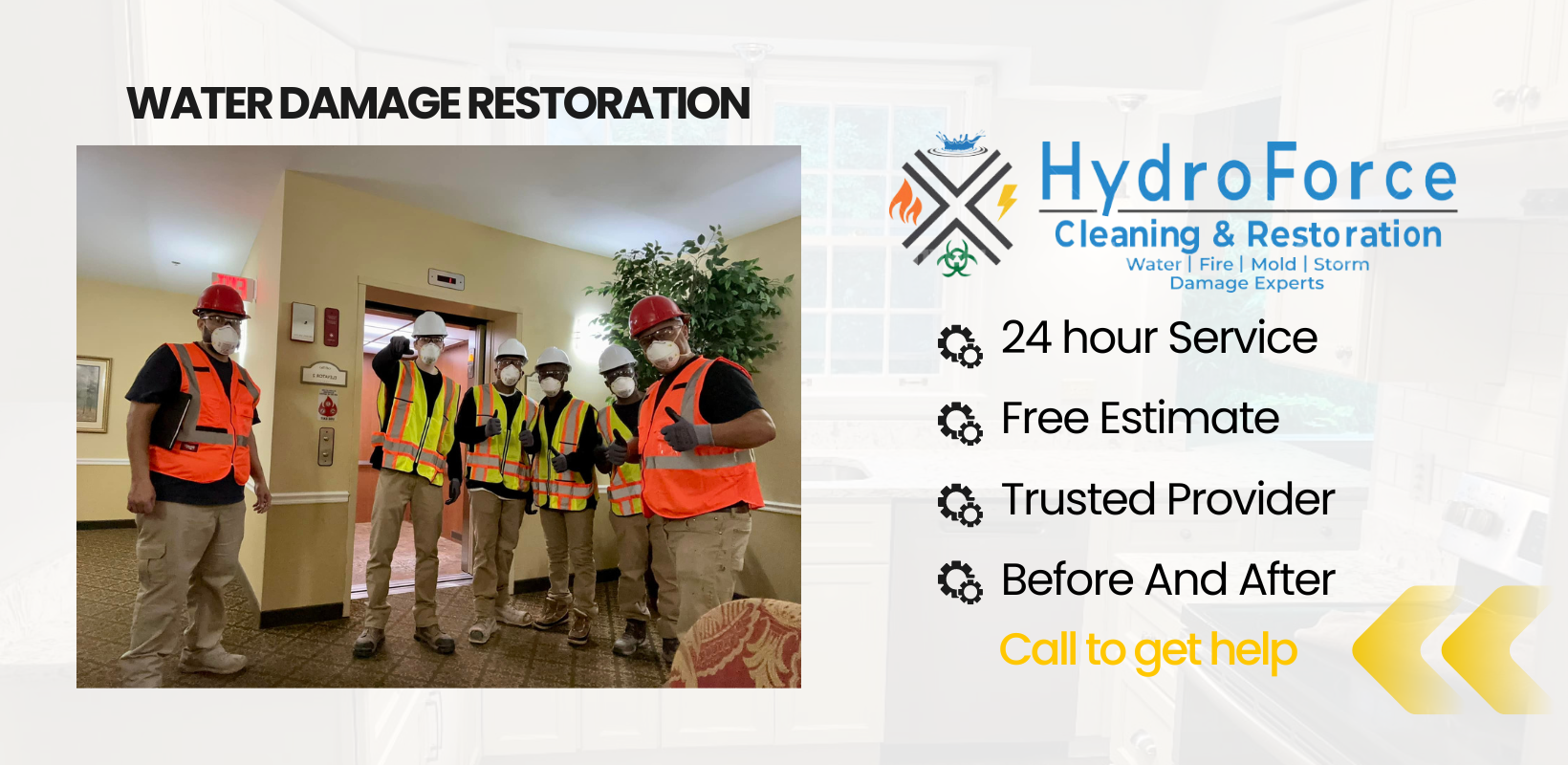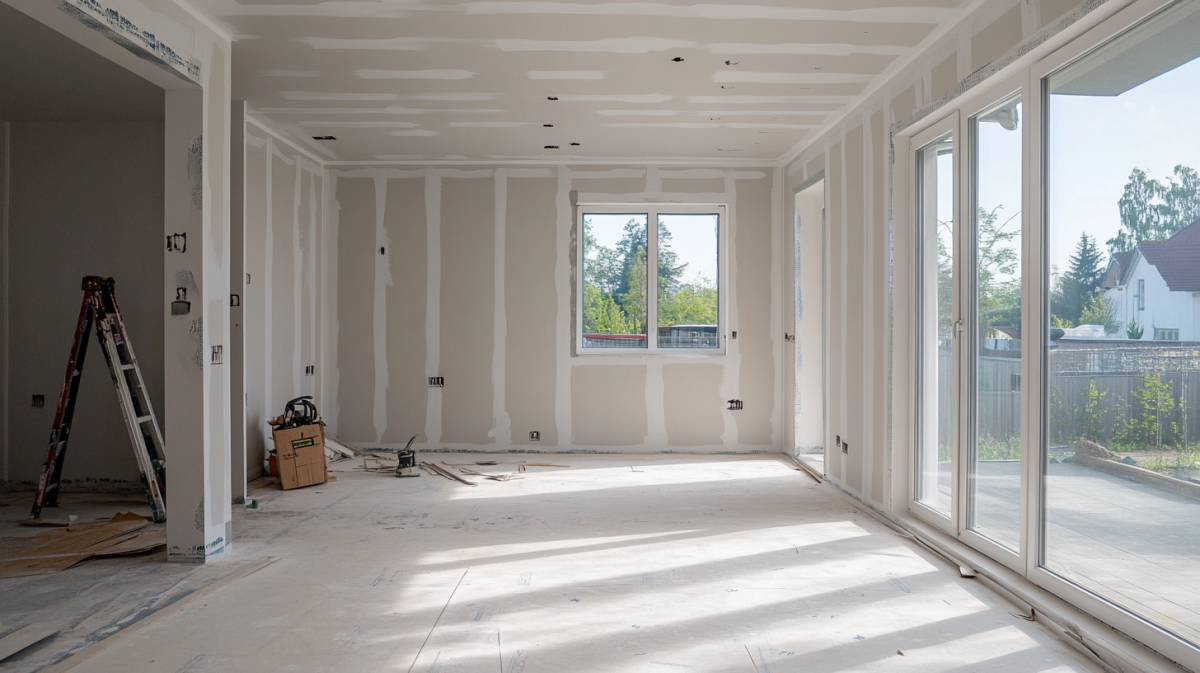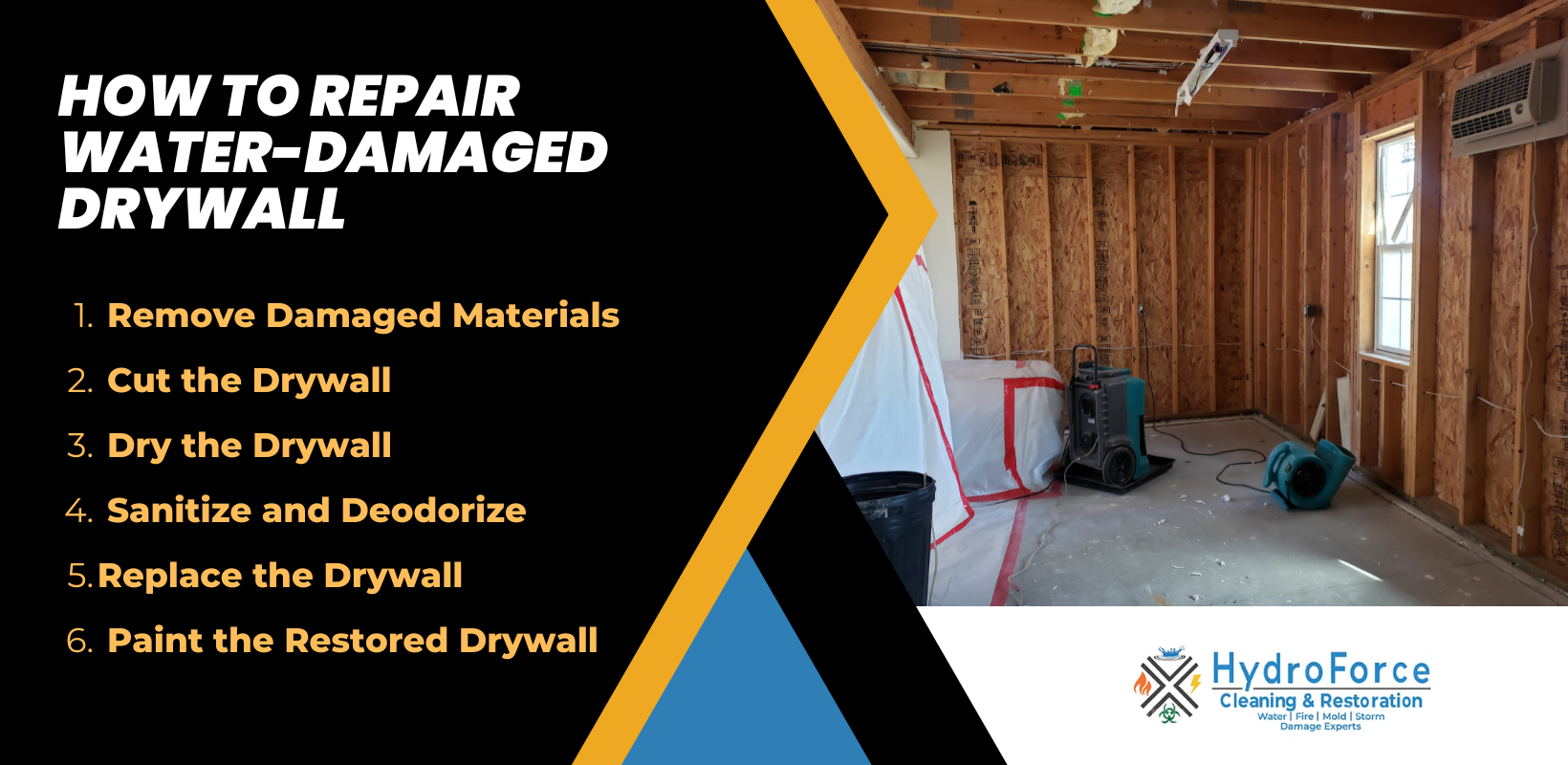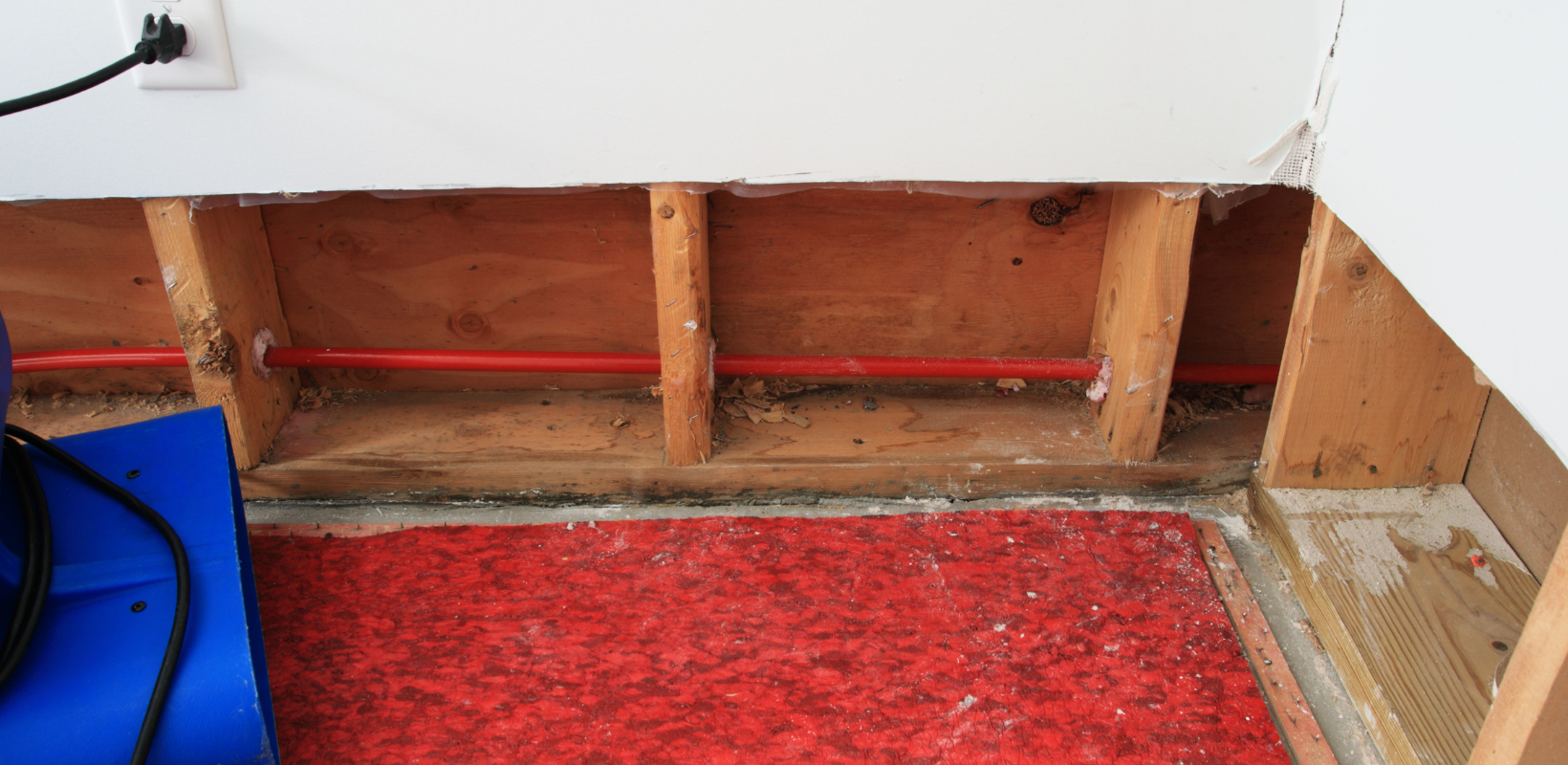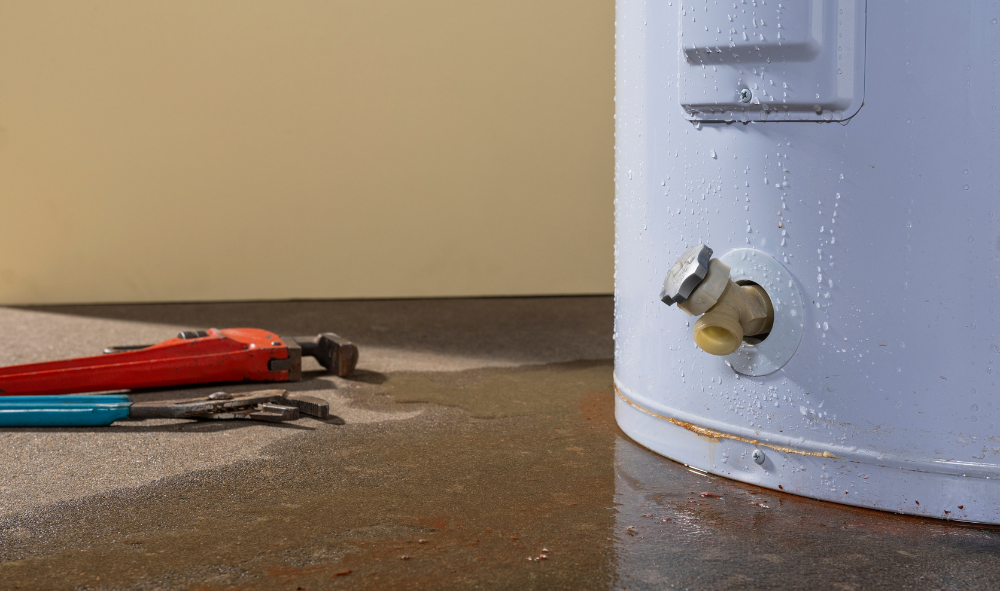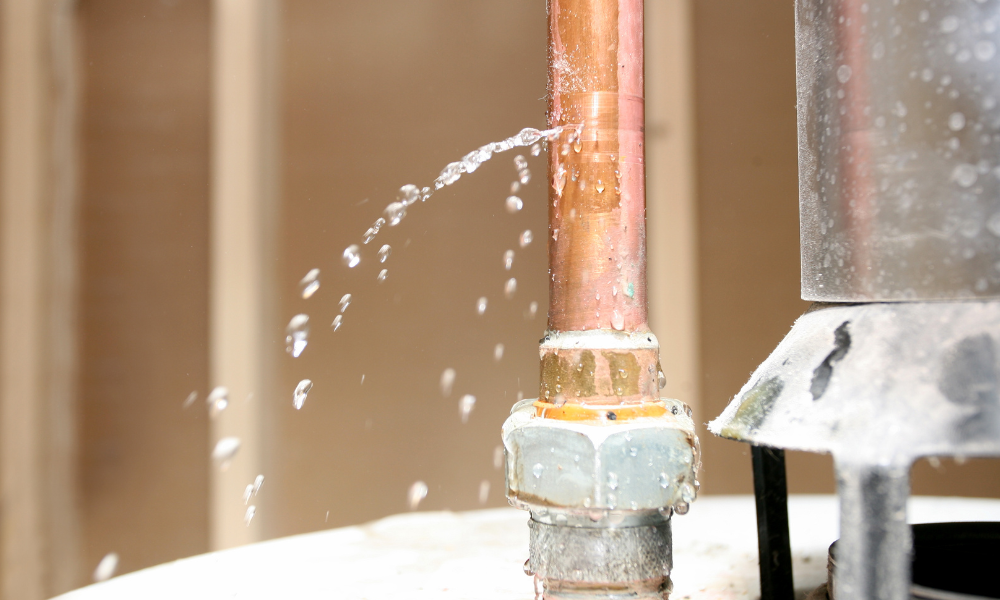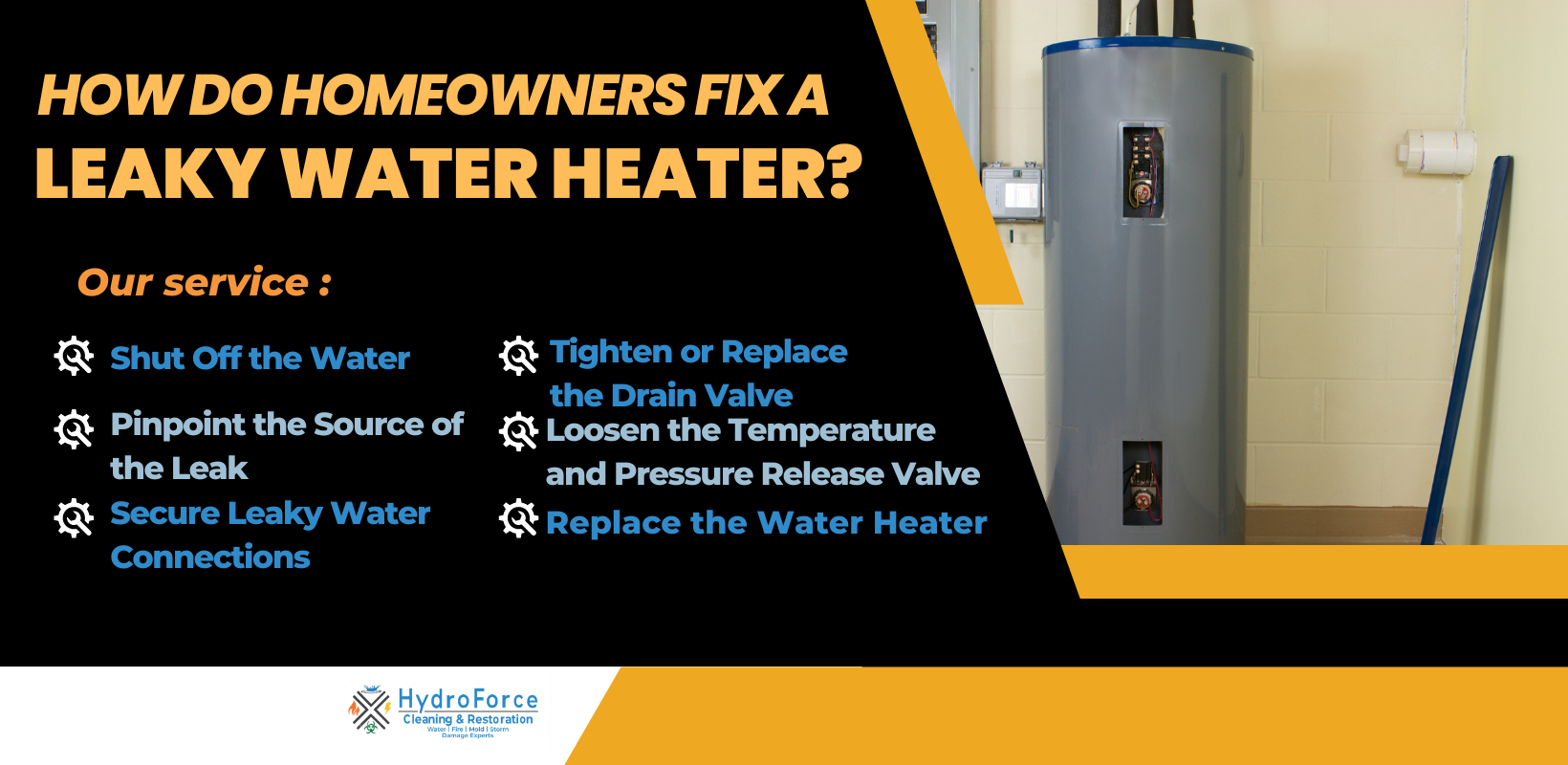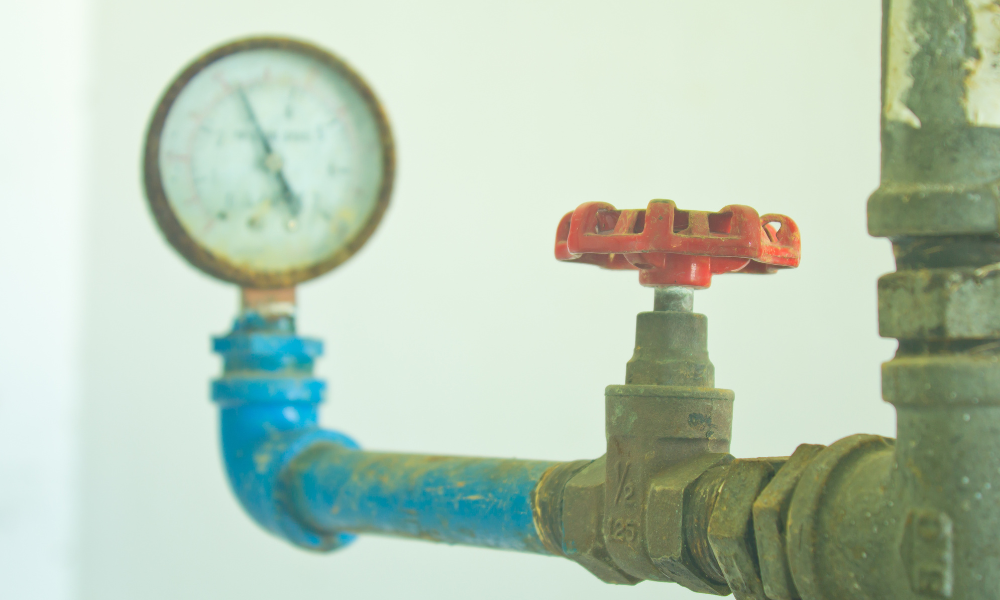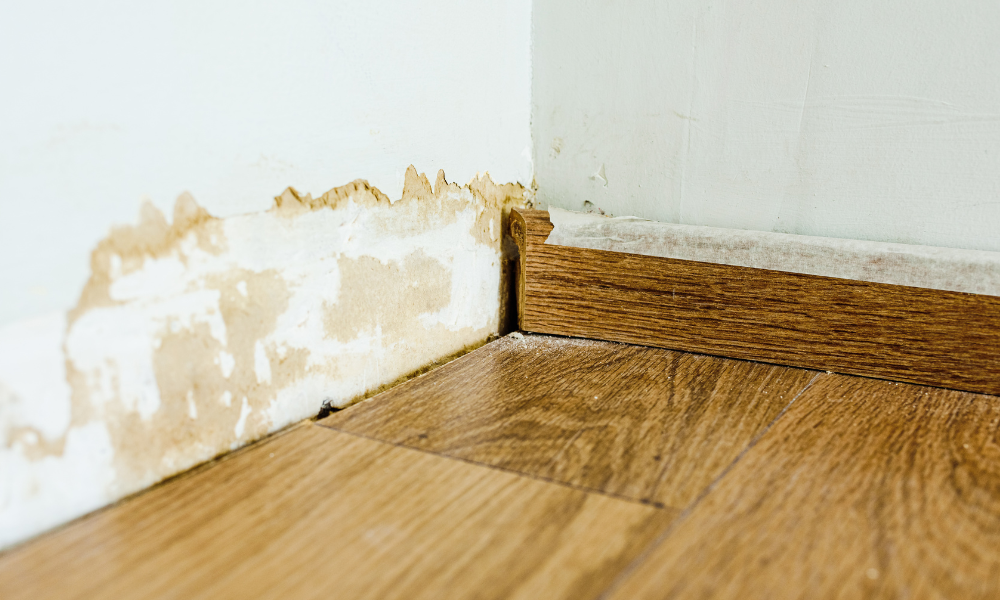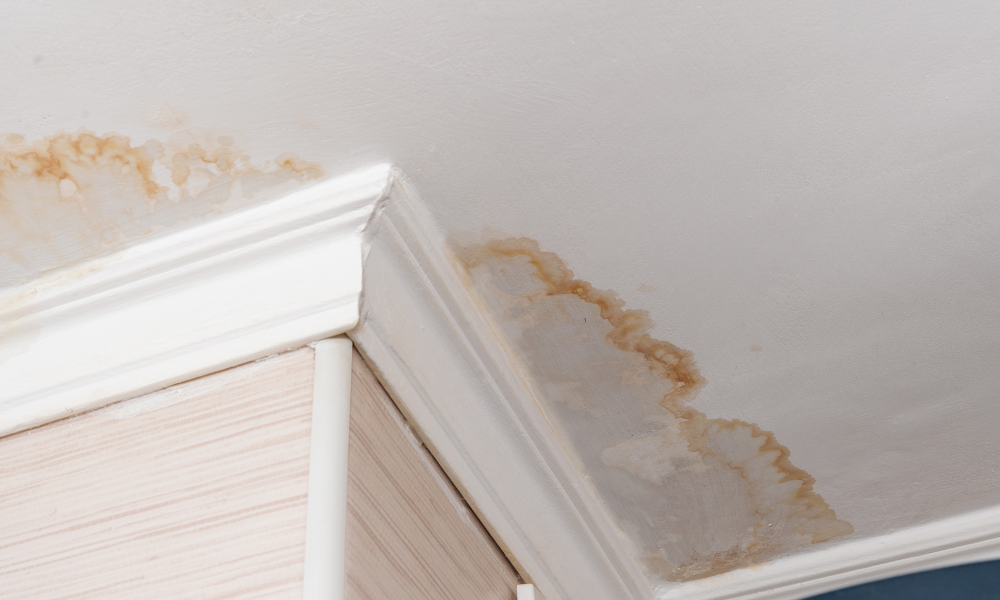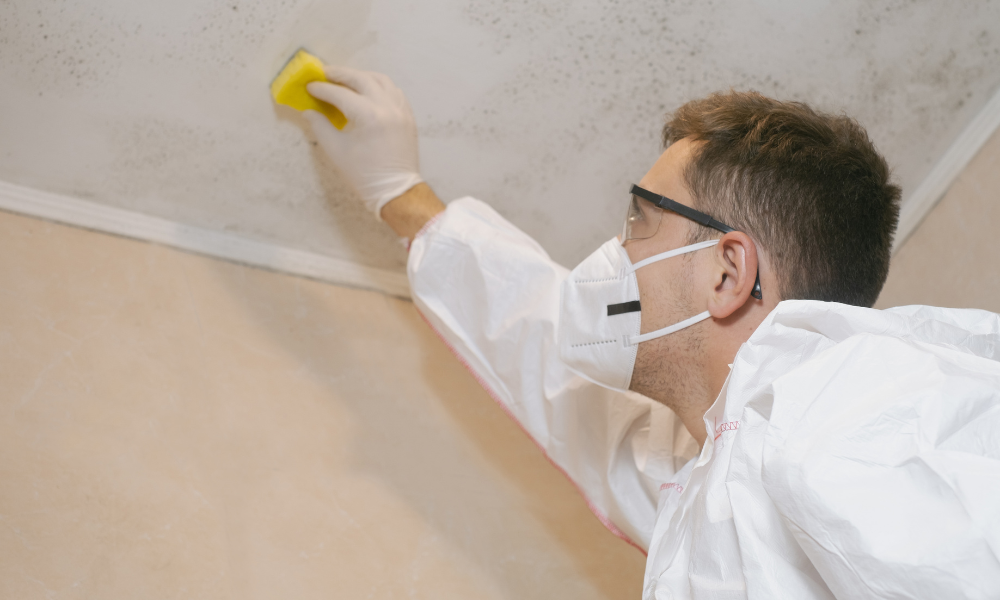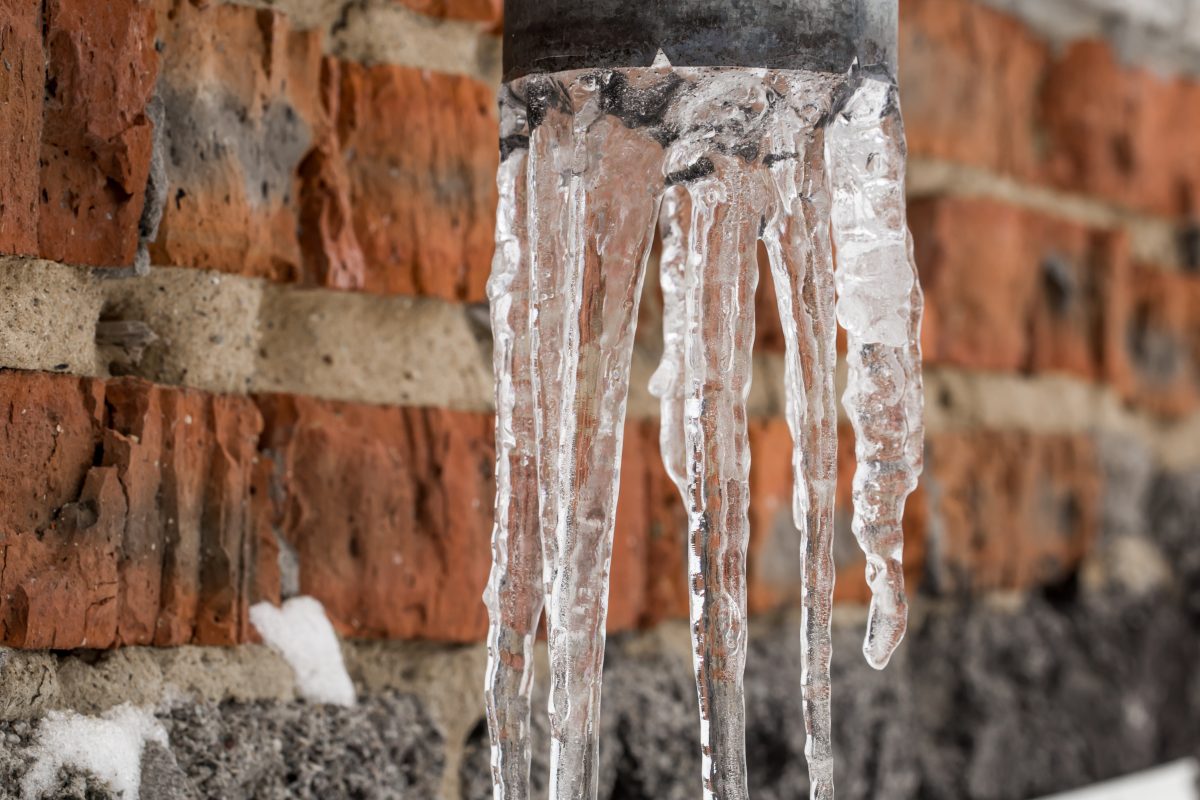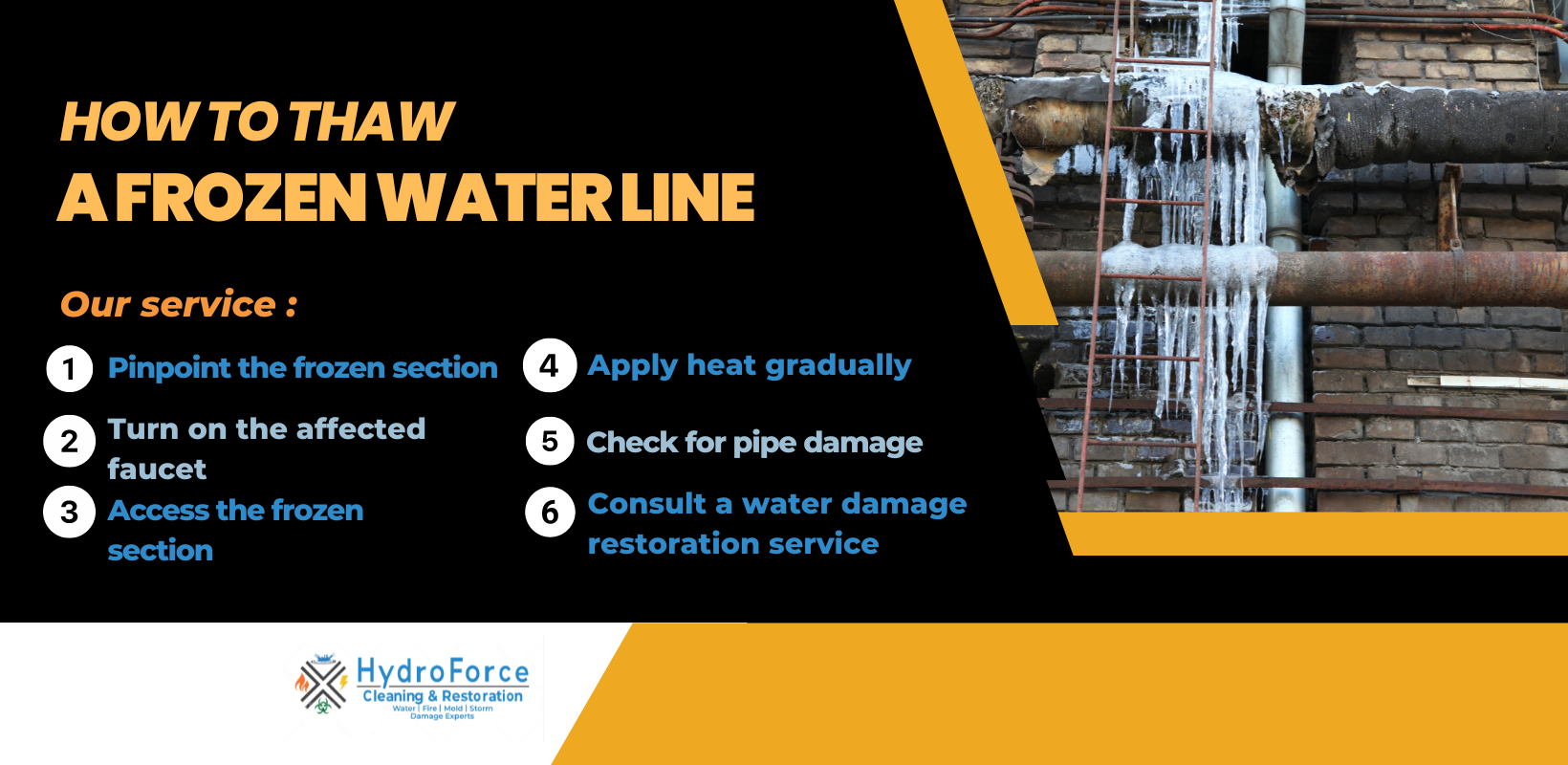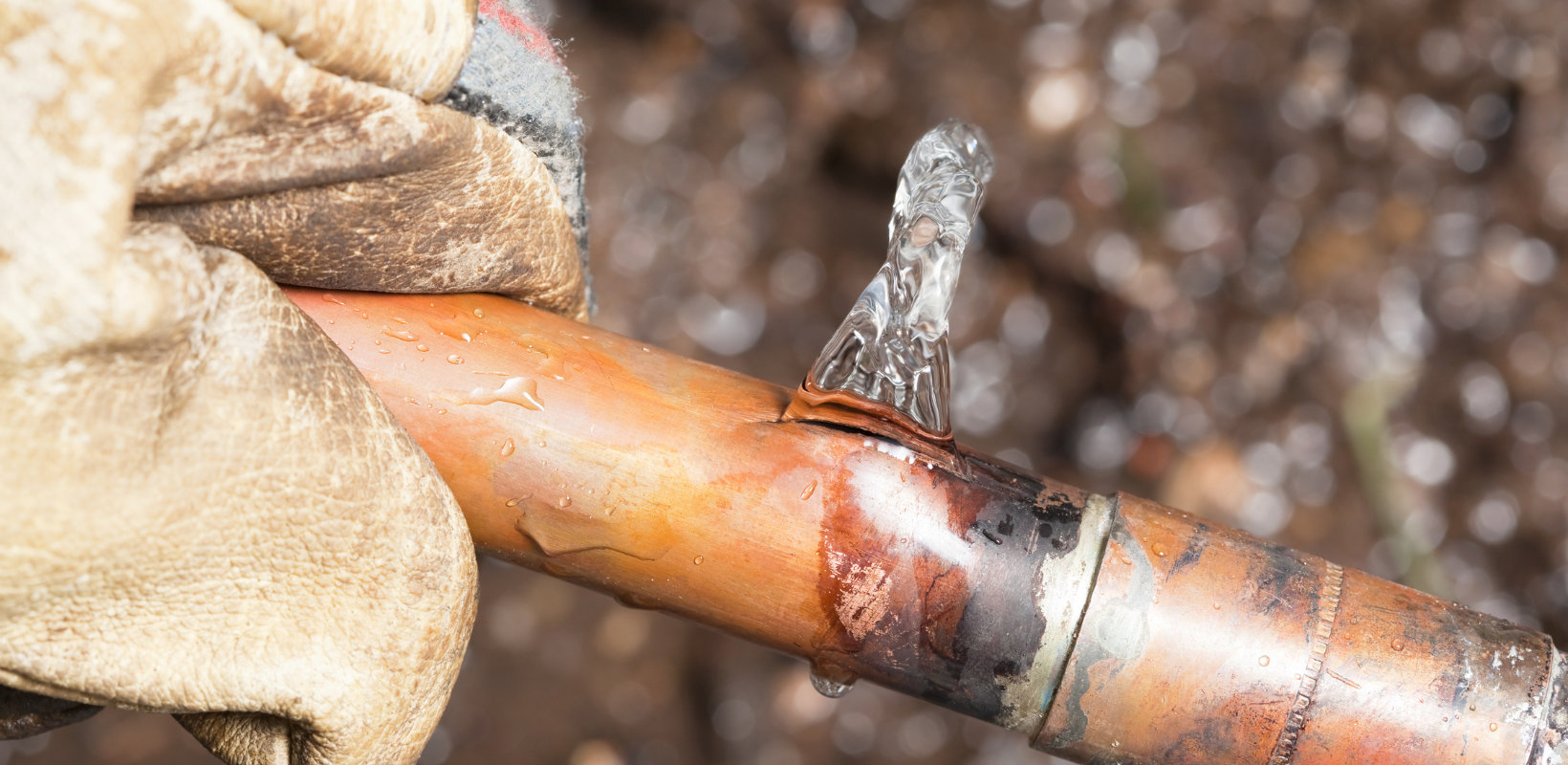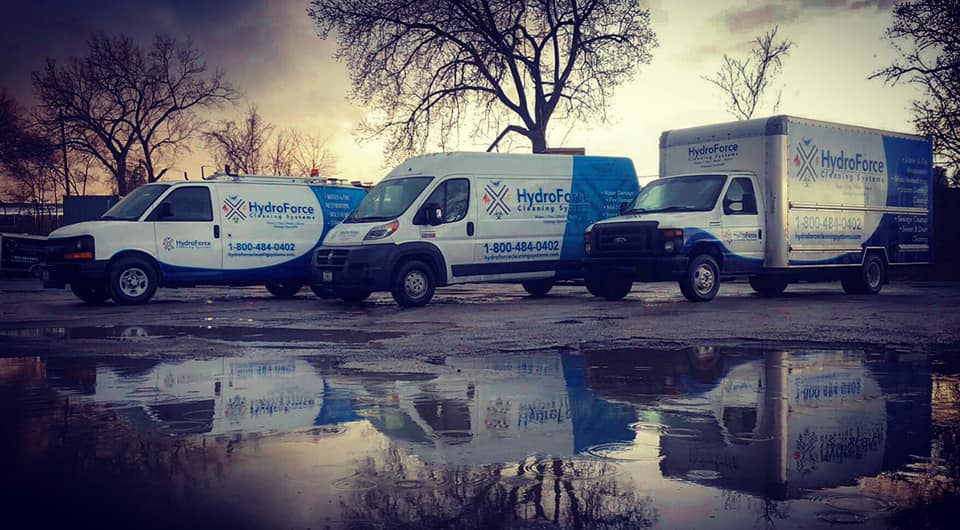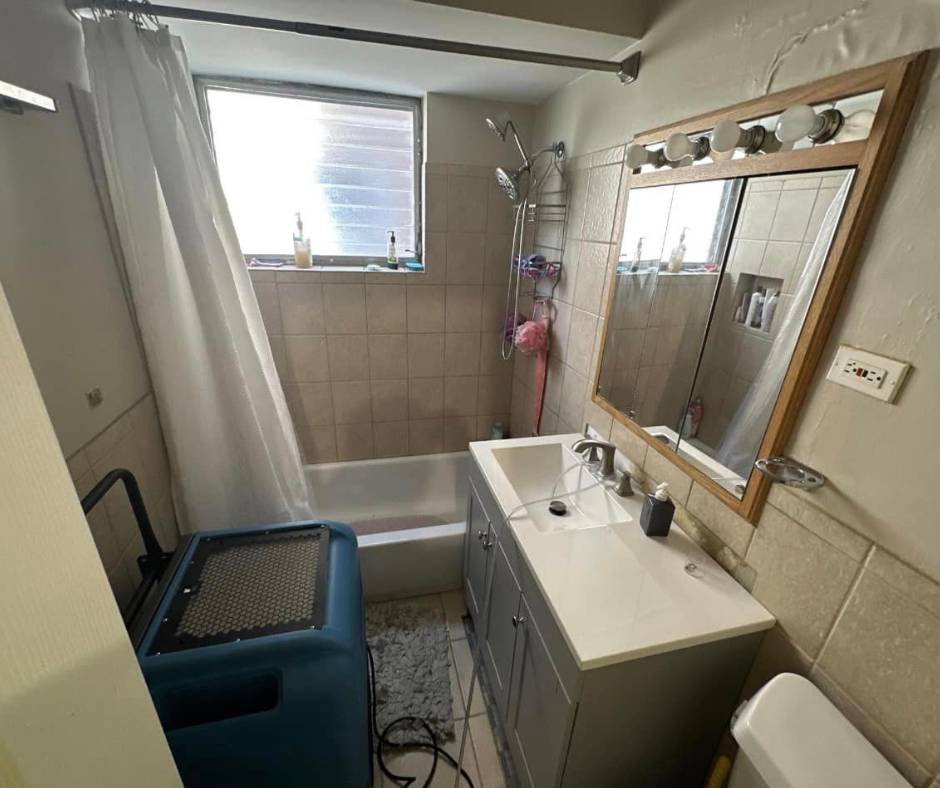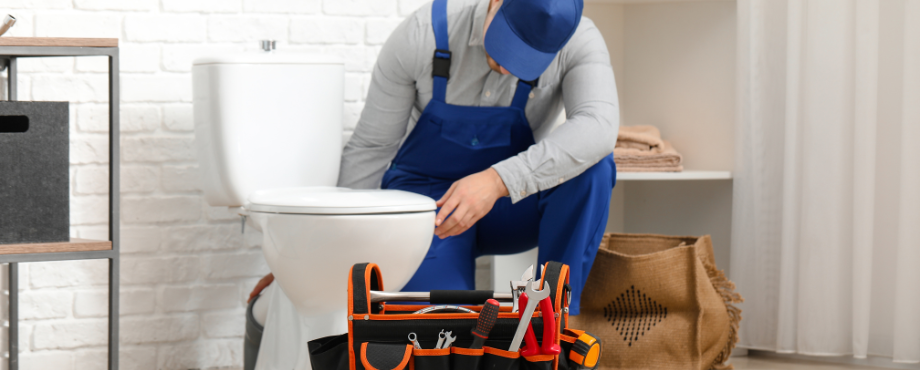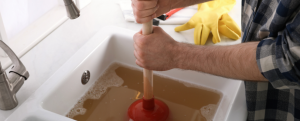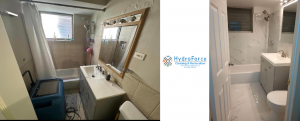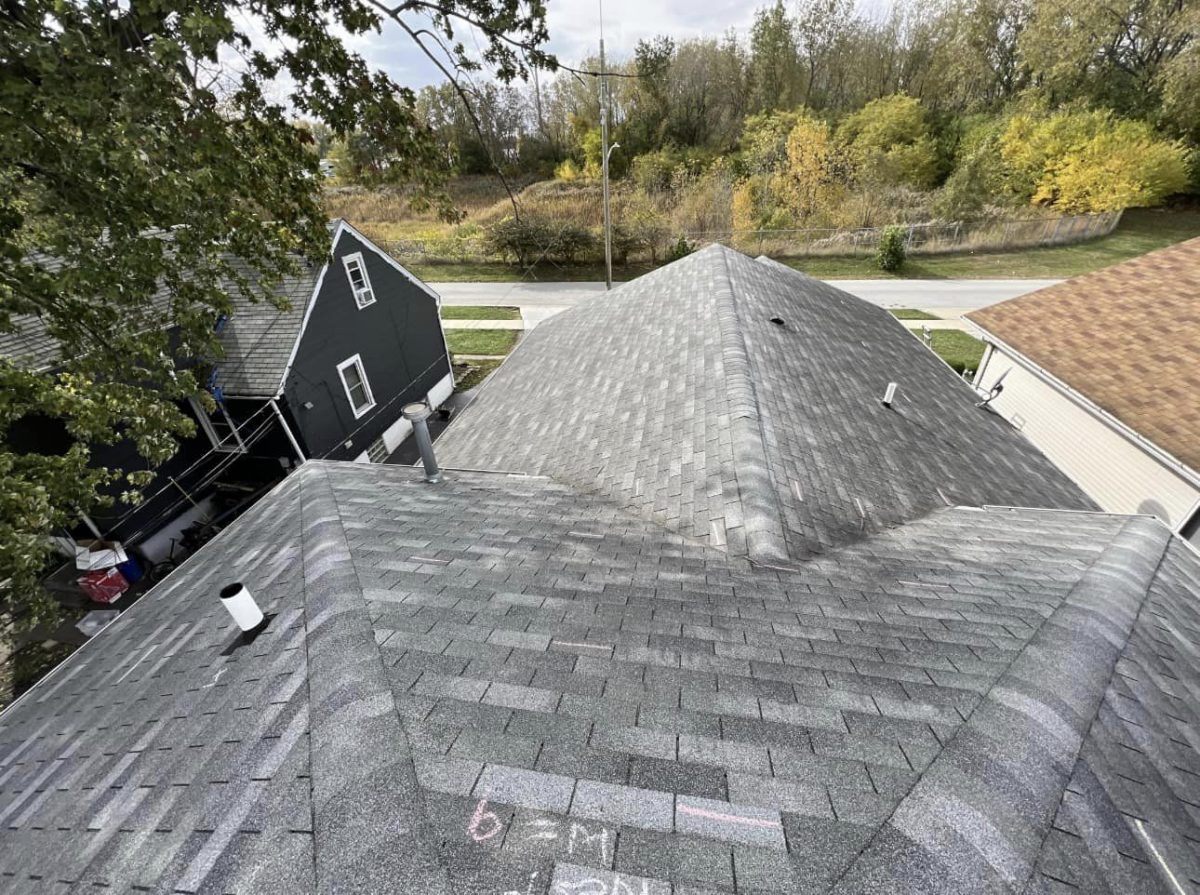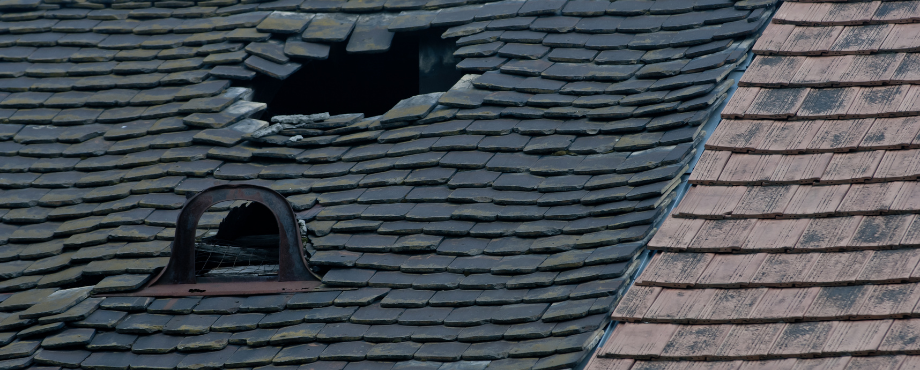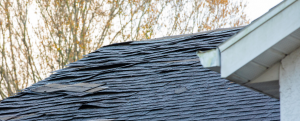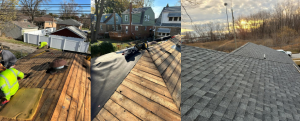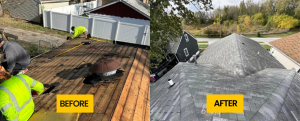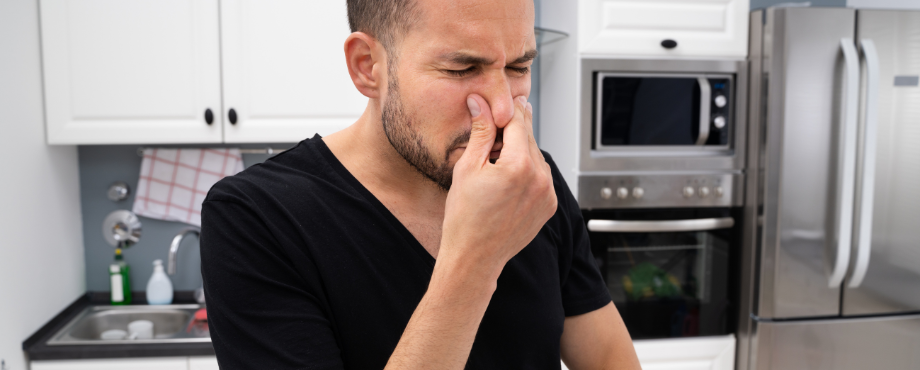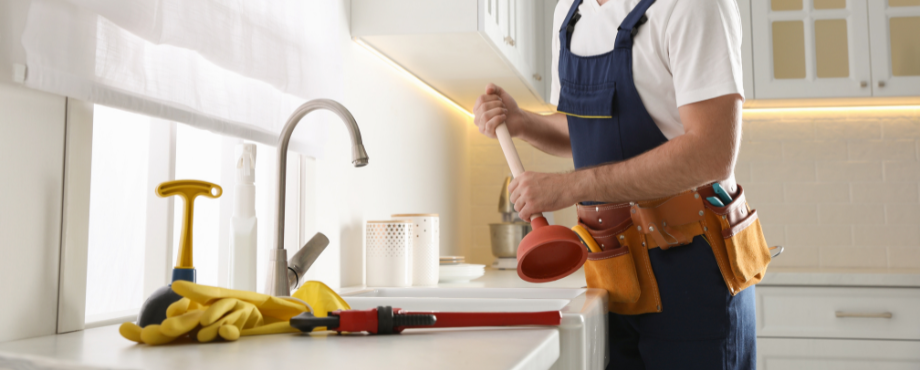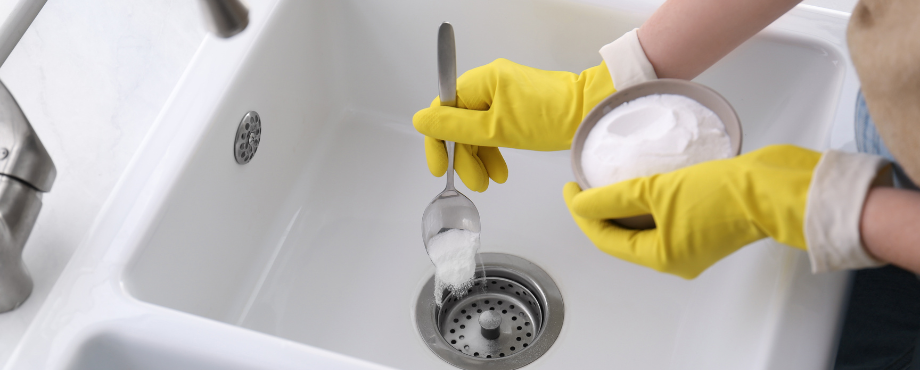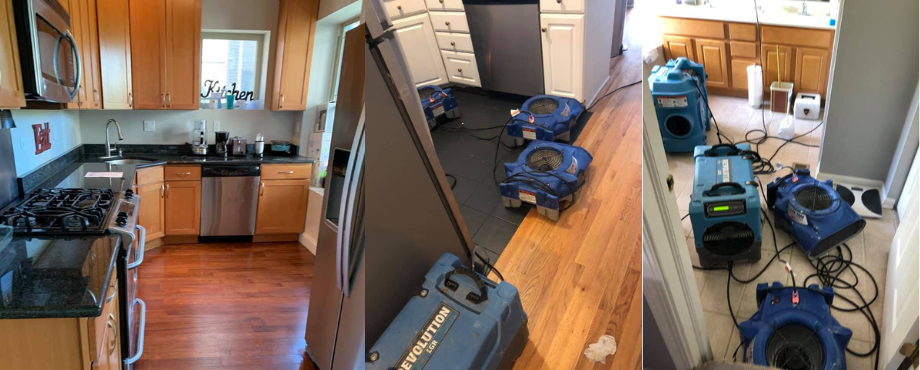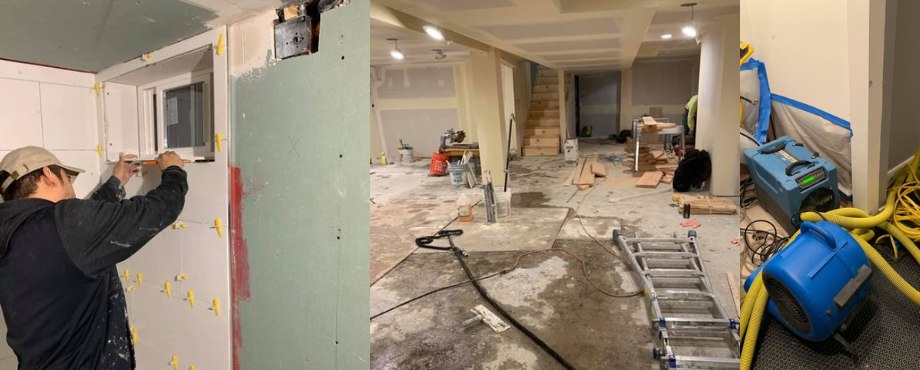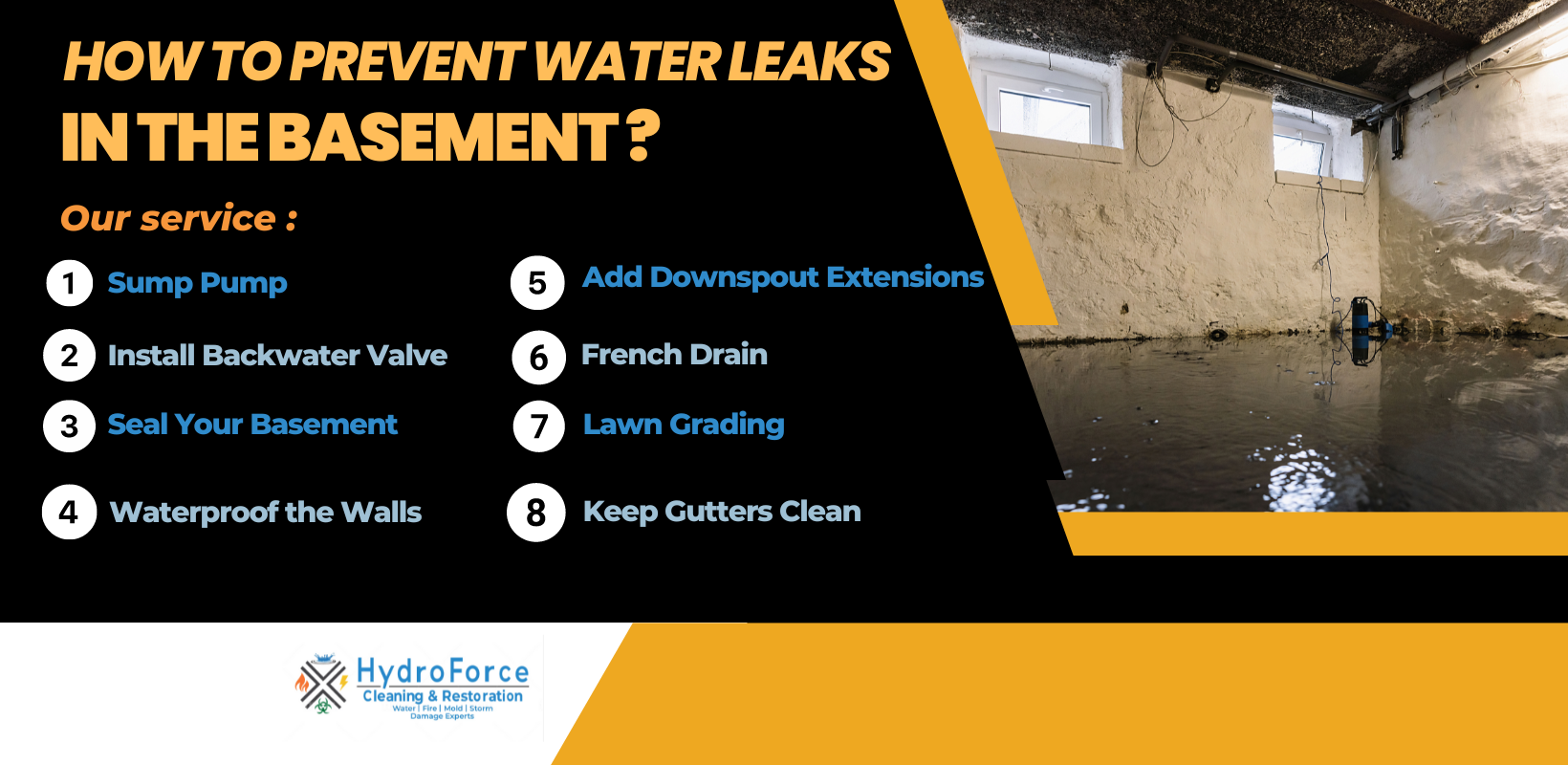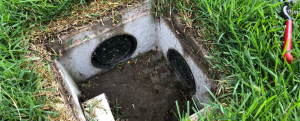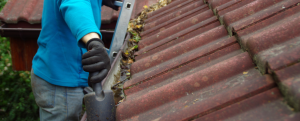How to Safely Clean a Sewage Backup: Step-By-Step Guide
Home » water damage
Dealing with a sewage backup in your home or business can be both overwhelming and expensive. Beyond the unpleasant odor, it can cause wastewater to back up into drains, potentially leading to significant property damage. Acting quickly and enlisting professional help is essential to prevent the situation from worsening.
In this article, we’ll explore the major risks associated with sewage backups and provide a step-by-step guide for cleaning up the mess. From properly sanitizing affected areas and handling utilities with care to disinfecting clothing, bedding, and food, we’ll cover everything you need to know to restore your space safely and effectively.
What are the Hazards of Sewage Backups?
A sewage backup in your home or business can be extremely hazardous, posing major health risks and potentially causing severe damage. If your basement is flooded, it’s crucial to avoid entering the area until gas and electrical services have been safely shut off. Proper cleanup is essential to prevent illnesses and limit the damage, and children and pets should be kept away from the affected areas.
Step-by-Step Guide for Cleaning Sewage Backups
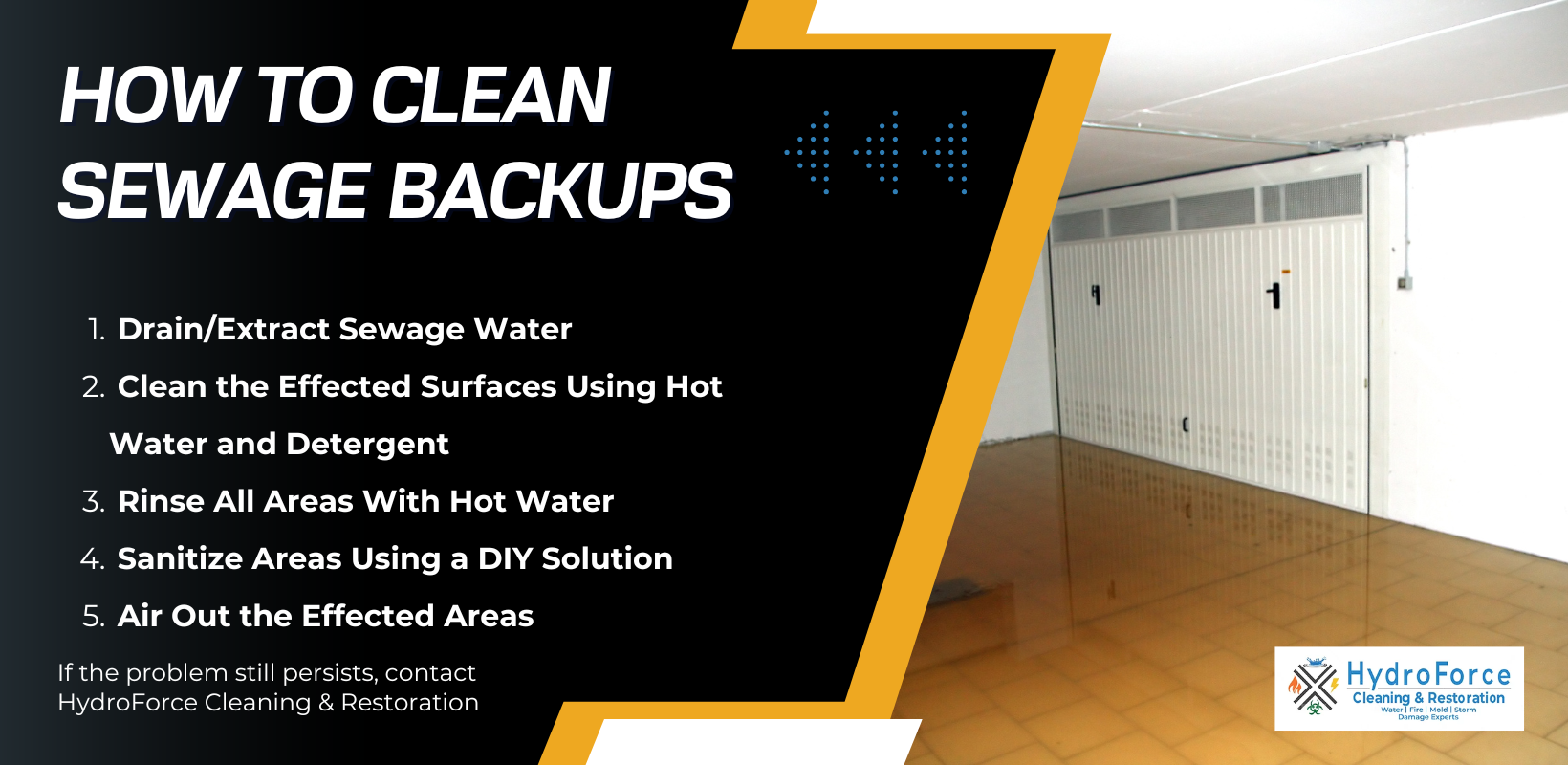
For extensive sewage backups, it’s always best to hire a professional restoration service. However, if the affected area is small and you choose to handle it yourself, here are some steps to help you clean up safely and effectively:
Clean and Sanitize
- Make sure to drain all sewage water by natural draining or pumping.
- All dirt, soil, and debris should be cleaned from surfaces that have touched the flood waters.
- All walls, floors, and any surfaces touched by floodwater should be cleaned with hot water and detergent.
- Make sure to rinse all areas with hot water.
- Walls, floors, and other surfaces should be sanitized by mixing 2½ tablespoons (tbs) of Lysol/Pine Sol per gallon of water or 8 tablespoons (tbs) of laundry bleach in each gallon of water used.
- Make sure to air out the area by opening windows and using fans.
- You should make sure not to track flood debris and sewage into clean areas.
Utilities
- Reach out to the utility companies to have gas and electricity shut off.
- Never touch the fuse box or any cords that are plugged in until the electricity is shut off.
- If an appliance is under water, do not use it.
- Never relight any appliances before the gas company has checked them. Also, make sure all pilot lights are on before you relight burners.
- Never light matches until the gas is shut off as this can cause an explosion if there is a gas leak.
Clothing and Bedding
All clothing, furniture, carpets, toys, and even bedding should be thrown out unless they are thoroughly cleaned and disinfected. If there are objects that are movable, they should be put outdoors so they can be cleaned and dried in the sunlight. Make sure to put any discarded clothing in tightly closed bags until they are picked up for disposal.
After cleaning up, it’s essential to thoroughly wash any clothing and body parts that came into contact with the sewage. Be sure to wash your hands immediately afterward. Anyone involved in sewage cleanup should take extra precautions such as avoiding touching your eyes, nose, or mouth if your hands are contaminated or smoking with soiled fingers, as this can transfer harmful bacteria to your mouth. Once the cleanup is complete, carefully wash your hands and nails using a nail brush and plenty of soap to ensure all traces of sewage are removed.
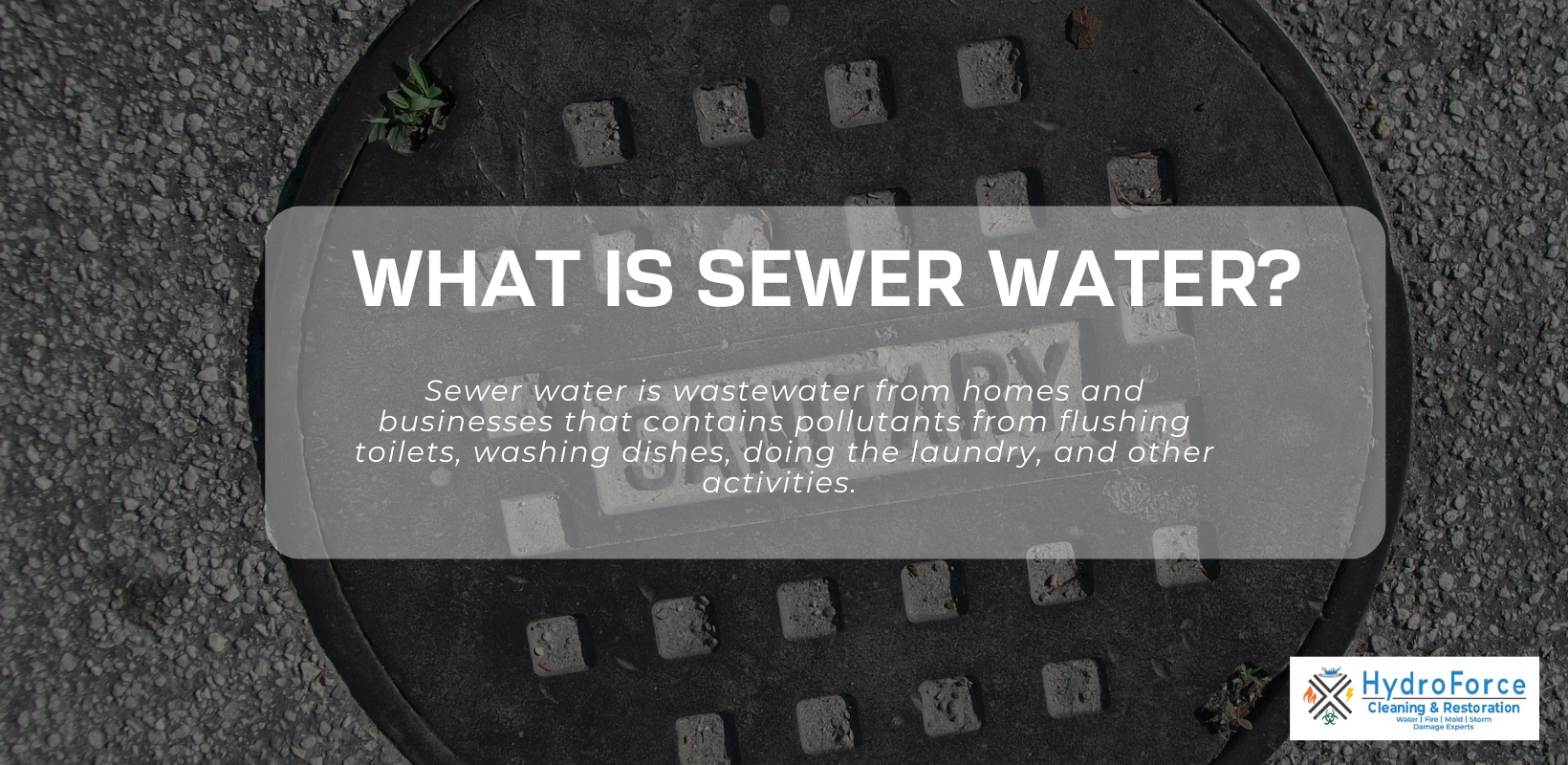
Foods
If your food has been contaminated with sewage, consuming it is very dangerous. This is how you should deal with contaminated food:
- Any food that is contaminated, whether it is boxed or bottled, should be disposed of.
- Any canned goods and jars can be kept if you thoroughly clean them. To fully clean them you should follow this process:
- Scrub them with soap and water by using the brush around the rim of the canned jars or tops of cans.
- They should be submerged in chlorinated water for 15 minutes. Make sure to use 1 ounce of bleach per gallon of water.
- Make sure to air dry canned jars or cans to prevent rusting.
- Any food that was stored in the freezer can be kept for up to 2 days after losing power if the freezer is full and 1 day if the freezer is half-full and not opened.
- If the meat has ice crystals, it may be safely re-frozen. If it is cool but not frozen, you should cook it and then re-freeze it.
- Any food that was stored in the refrigerator can be kept for 4-6 hours after losing power, however, this depends on the room temperature. Never open the refrigerator unless it is necessary. You can also add ice to the refrigerator to help keep food cold.
- Any food that has an unusual color, odor or is perishable should be thrown away.
- Make sure that any food that you are discarding is placed in a tightly closed container until it is picked up for disposal.
Please note: The information given in the above article may differ by state and municipality. You should always reach out to your local health agencies for specific guidelines for your area and for specific suggestions as needed.
Professional Sewage Backup Cleaning in Chicago, IL
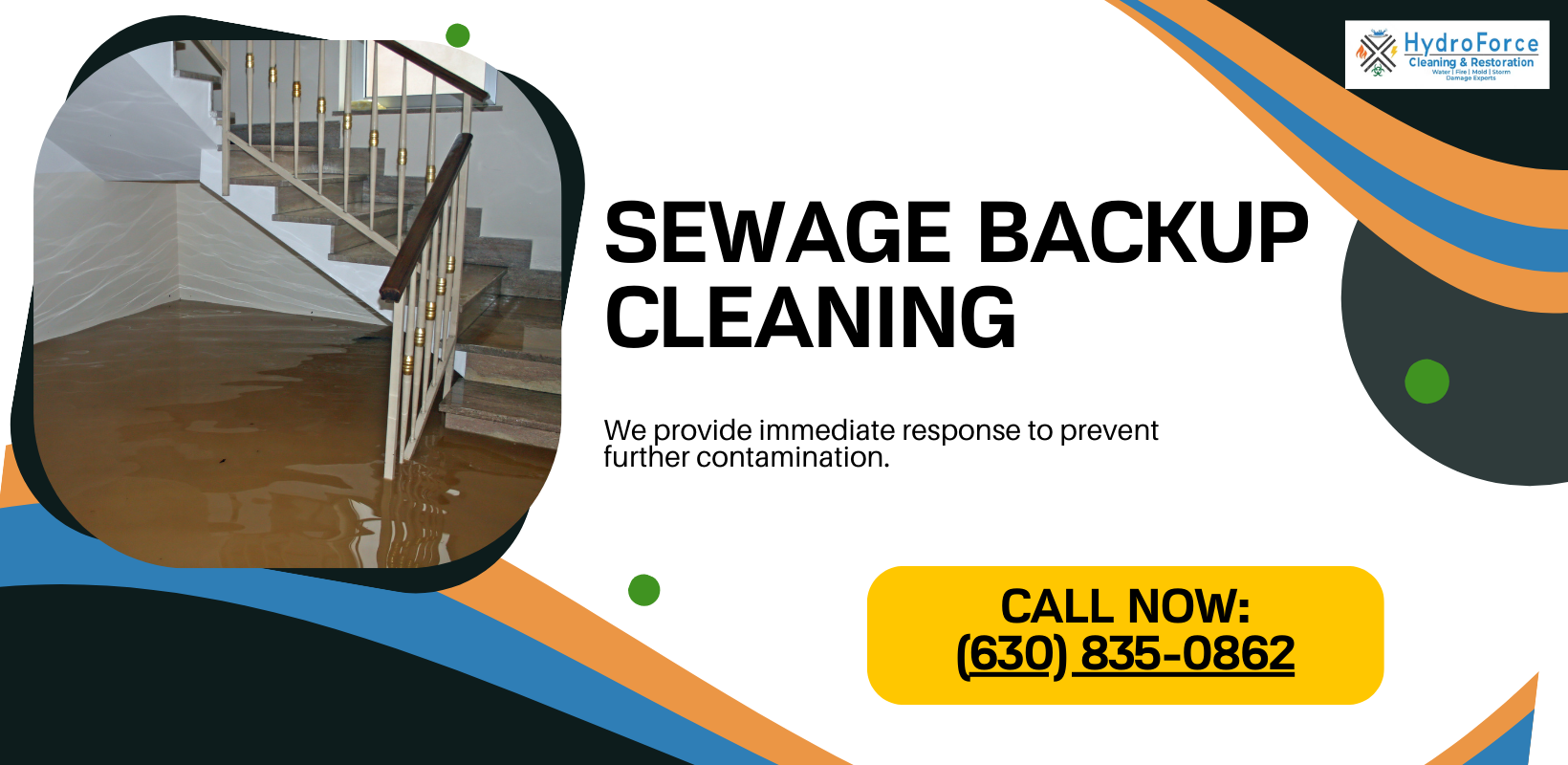
Sewage backups are not only messy and stressful but also pose serious health and safety risks that require immediate and thorough action. By following proper cleanup procedures or hiring a professional restoration company and taking precautions with utilities, personal belongings, and food, you can restore your home or business, minimize long-term damage, and ensure the safety of those within the home or building.
In most cases, sewage backups cause immense damage and create dangerous situations, which means they are best handled by professionals. At HydroForce Cleaning and Restoration, we specialize in providing comprehensive sewage backup cleaning services for homes and businesses in Chicago, IL, and nearby areas. Our skilled technicians are dedicated to cleaning, drying, and fully restoring your property to its original condition while ensuring a safe and healthy environment for your family.
You can call us at (630) 835-0862 for emergency sewage backup cleaning in Chicago, IL, and the surrounding suburbs.
Privacy Policy | Terms & Conditions | 630-835-0862
